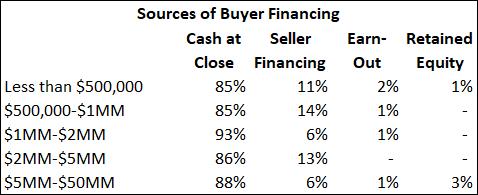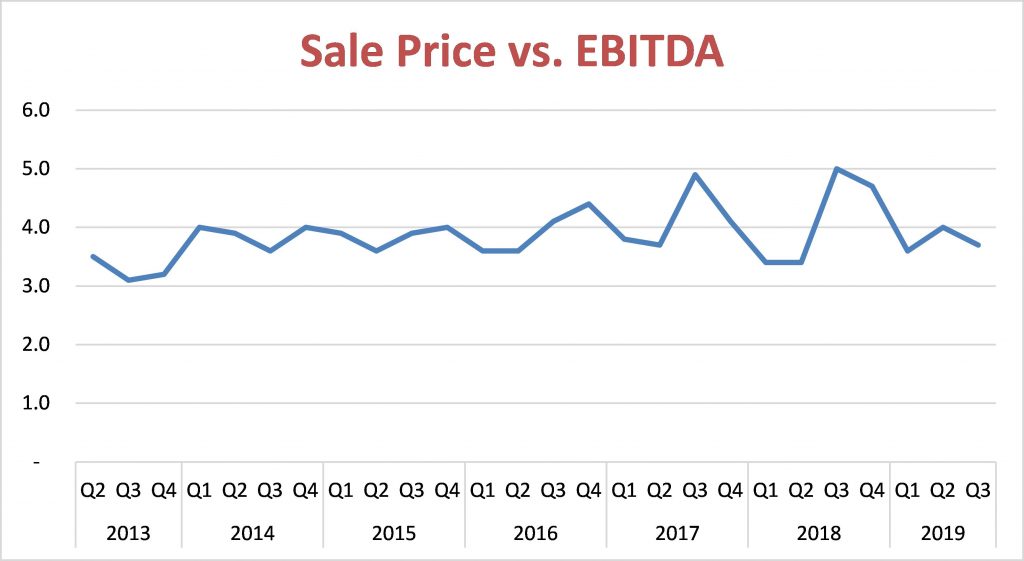

The South Carolina State Supreme Court weighed in recently on the long-simmering tension between recognized standards of business valuation and the goal of equity in dividing marital assets in divorce proceedings.
The decision In Clark v Clark (Appellate Case No. 2019-000442), addresses the division of marital assets, specifically the valuation of a minority interest in a family business. The Supreme Court reiterated a lower court’s assertion that the applicability of discounts for lack of control (DLOC) and marketability (DLOM) are to be determined on a case-by-case basis, then affirmed one part of that court’s ruling regarding discounts and reversed another.
The Family Business
George and Patricia Clark were married in 1987. During the marriage, Mr. Clark began working for the family business, Pure Country, a manufacturer of custom tapestry blankets and other items. His father founded the business and eventually transferred his 75 percent interest in it to Mr. Clark. A family court determined at the time that the transfer was a gift, and therefore the interest was not marital property. Mr. Clark purchased the remaining 25 percent of the business from his sister. In 2009, he transferred a 25 percent interest to Mrs. Clark. The related stock agreement limited any subsequent sale of that interest to other shareholders, immediate family members or the business.
In 2012, Mr. Clark filed for divorce. Both spouses hired experts to value Mrs. Clark’s interest in the business. The husband’s expert applied a DLOC and a DLOM. In support of the DLOM, she noted that the sale of interests in privately held companies require more time and resources and involve higher transaction costs than do sales of publicly traded interests. She also considered the restrictive language in the stock agreement from the 2009 transfer.
The wife’s expert applied a smaller DLOM, but later argued that the value should not be discounted at all. He did not apply a DLOC.
The family court found the husband’s expert more credible and agreed with her use of discounts. While it did acknowledge the “debate as to whether … discounts should apply in a divorce setting as the business is actually not being sold,” the court recognized that the valuation standard in such cases is fair market value, which assumes a hypothetical transaction between two willing parties.
Mrs. Clark appealed the decision to the court of appeals, which agreed that a minority shareholder would not have control over the company and therefore upheld the family court’s decision to apply a DLOC, but reduced the size of the discount. The court of appeals rejected the DLOM, noting the husband did not intend to sell the business and relying on a precedent set in Moore v Moore. “To the extent the marketability discount reflected an anticipated sale, Moore deems it a fiction South Carolina law no longer recognizes.” The court found that because the husband did not plan to sell the business, the restriction on transfers of stock was moot.
The decision compelled both parties to file appeals to the State Supreme Court.
Split Decision
The husband argued that the court of appeals erred in rejecting the DLOM when each party’s expert had applied one. The wife contended that the DLOM should not be considered because a DLOM accounts for the higher transaction costs inherent in the sale of an interest in a private company, and her husband did not intend to sell.
The Supreme Court affirmed the family court’s decision to apply a DLOM and a DLOC and the appeals court’s decision to reduce the DLOC. The decision states that a party’s interest in a closely held company is valued based on its fair market value, which has been well established as “the amount of money which a purchaser willing but not obligated to buy the property would pay an owner willing but not obligated to sell it, taking into account all uses to which the property is adapted and might in reason be applied.”
That said, the court acknowledges the tension between this principle of valuation and “the desire to fairly and justly apportion marital assets.” The court refuses to draw a bright line on the issue, stating that the applicability of such discounts is to be determined on a case-by-case basis.
The Supreme Court’s decision was not unanimous. Two of the five justices issued a dissenting opinion rejecting the application of either discount, stating that “under certain facts, faithful adherence to the concept of fair market value must yield to reality.”
The decision, while not directly applicable to New York cases, speaks to the complexities involved in divorce-related valuations and the need for valuation professionals to weigh competing considerations. If you have questions regarding the valuation issues in a divorce or another context, Advent’s professionals are here to help.
Read the Decision
You can read the rather colorful decision here:
https://adventvalue.com/wp-content/uploads/2020/06/Op.-27969-George-W-Clark-v.-Patricia-B-Clark.pdf




 You wouldn’t perform a surgery on yourself. The same holds true when buying a business. Unless you’re well-versed in performing a comprehensive financial analysis of a business, it doesn’t make sense to buy one without using a due diligence and valuation specialist. A due diligence report:
You wouldn’t perform a surgery on yourself. The same holds true when buying a business. Unless you’re well-versed in performing a comprehensive financial analysis of a business, it doesn’t make sense to buy one without using a due diligence and valuation specialist. A due diligence report:















